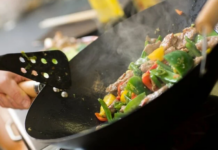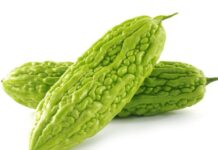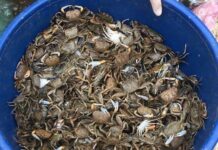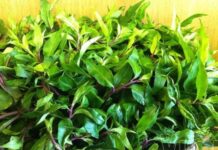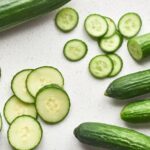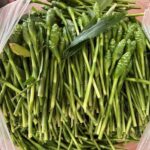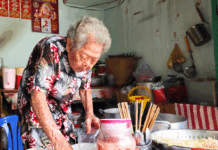Achieving perfectly boiled pork intestines that are crisp, odorless, and tender requires mastering a few golden secrets. From selecting the right intestines to gentle cleaning and precise boiling times, every step counts. A touch of ginger, a slice of lemon, or even the temperature of the soaking water can elevate your dish from ordinary to extraordinary, rivaling the best street food stalls.
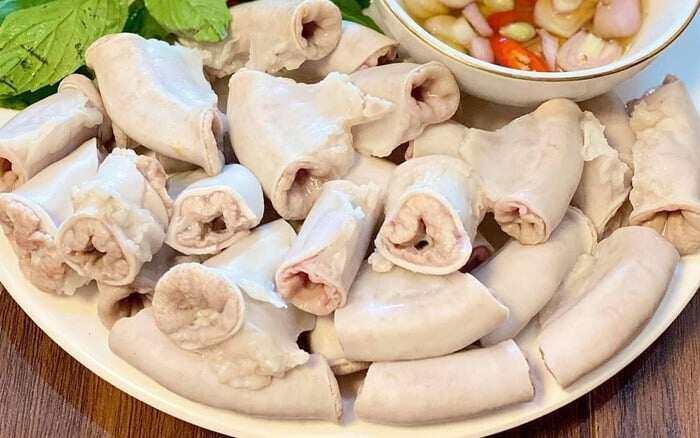
Let’s dive into these detailed tips to ensure every batch of boiled intestines you prepare is flawlessly white, delightfully crispy, and worthy of praise.
1. Selecting the Best Intestines
According to expert chefs, choosing the right ingredients determines 70% of the dish’s success.
– Visit the market early and purchase intestines from freshly slaughtered pigs, ensuring they’re still warm and elastic.
– Opt for the upper section of the small intestine: It’s thicker, crispier, less odorous, and easier to boil.
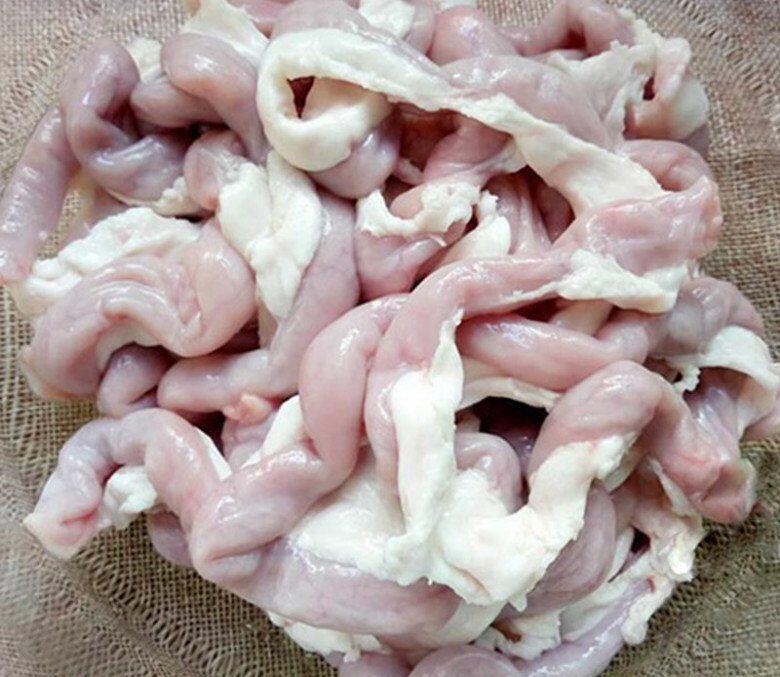
– When held, the intestines should feel firm and round, with a milky fluid inside and no unusual odors.
– Avoid intestines with a yellowish tint, deflated appearance, or foul smell, as these indicate aged or industrially fed pigs, resulting in bitterness and toughness when boiled.
Tip: Gently squeeze the intestines; if they’re elastic and contain a thick, white fluid, they’re of good quality.
2. Effective Cleaning and Deodorizing
Many believe vigorous scrubbing ensures cleanliness, but culinary expert Nguyễn Dzoãn Cẩm Vân advises gentleness to prevent toughness and shrinkage. Follow these steps:
– Rinse with coarse salt to remove slime and odors.
– Rub with lemon or white vinegar for whitening and freshness.
– Gently wipe the inner lining to expel fluids (avoid turning inside out to prevent tearing).
– Rinse 3-4 times with cold water until the water runs clear.
– For natural fragrance, soak in diluted saltwater with ginger slices for 10 minutes before boiling.
Tip: Add a few drops of white wine to the final rinse for thorough deodorization.
3. Boiling for Perfect Crispness and Whiteness
This stage is crucial for achieving the ideal texture.
– In a pot, add water, a pinch of salt, crushed ginger, and green onions to eliminate odors.
– Once boiling, add the intestines immediately.
– Leave the lid off to prevent intense boiling, which can cause shrinkage.
– When boiling resumes, reduce heat and simmer for 2-3 minutes. Total boiling time should be 7-10 minutes, depending on quantity.
– Overcooking leads to toughness and reduced flavor.
– The intestines are done when they’re ivory white and ooze milky fluid when pricked.
4. Cold Water Bath for Crispness and Whiteness
Immediately after boiling, plunge the intestines into ice-cold water with lemon juice or vinegar.
– This halts cooking, ensuring crispness, whiteness, and preventing discoloration.
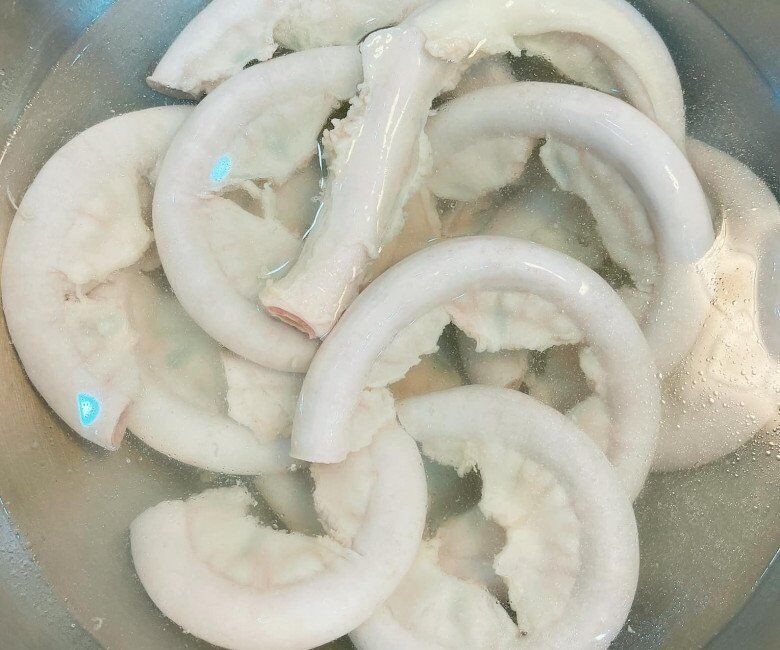
– Soak for 5-7 minutes, then drain and slice into bite-sized pieces.
For extra crispness, first soak in ice water, then transfer to 40-45°C water for 1 minute before slicing, maintaining perfect elasticity.
5. Enhancing Flavor During Enjoyment
– Northern Vietnamese style: Dip in fermented shrimp sauce mixed with lemon, chili, ginger, and a dash of white wine.
– Southern Vietnamese style: Prefer salt, pepper, lemon, or ginger fish sauce.
– Boil with stomach, liver, or sausage for a hearty platter like those at street stalls.
Perfectly boiled intestines should be white, crispy, odorless, naturally sweet, and ooze milky fluid when cut. Master these 4 steps—selecting, cleaning, boiling, and soaking—and you’ll create restaurant-quality boiled intestines at home.
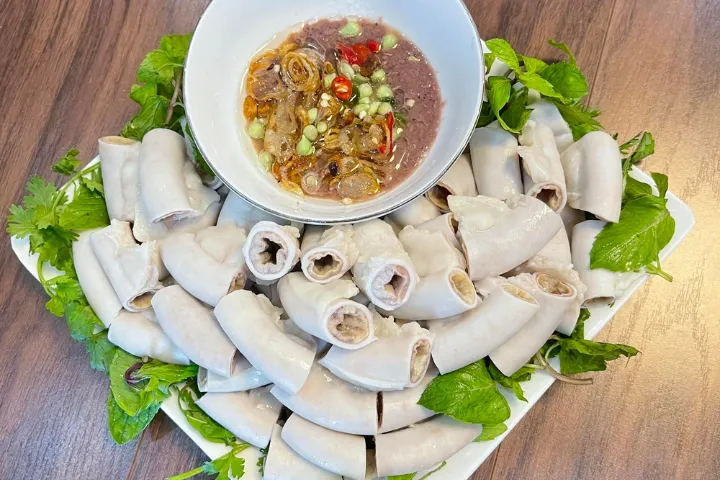
Good luck!







